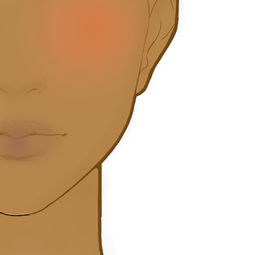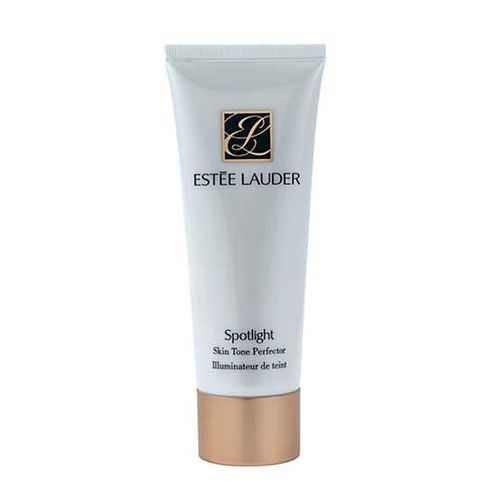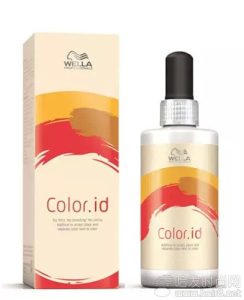Colors for Skin Tone: A Comprehensive Guide
Understanding the importance of colors that complement your skin tone is essential for anyone looking to enhance their appearance through fashion and makeup. Whether you’re shopping for clothes, selecting makeup shades, or simply want to know more about your own skin, this guide will help you navigate the vast array of colors available.
Understanding Skin Tones

Your skin tone is determined by a combination of factors, including genetics, environment, and overall health. It’s typically categorized into several types, each with its own set of colors that look best on it. Here’s a brief overview:
| Skin Tone | Description |
|---|---|
| Light | Light skin with a pink or peachy hue |
| Medium | Medium skin with a yellow, olive, or beige hue |
| Dark | Dark skin with a brown or olive hue |
| Olive | Greenish or olive skin with a yellowish or reddish hue |
| Neutral | Combination of yellow, red, and pink hues |
It’s important to note that these categories are not strict and many people have a combination of tones. For example, someone with medium skin may have olive undertones. The key is to identify the primary hue of your skin and choose colors that complement it.
Colors for Light Skin Tones

Light skin tones often look best with colors that have a cool undertone. Here are some suggestions:
- Neutrals: Black, white, gray, and beige are timeless choices that work well with light skin.
- Blues: Light to medium blues are great for adding a touch of sophistication.
- Purples: Lilac, lavender, and plum are excellent options for a soft, romantic look.
- Greens: Mint and sage are perfect for a fresh, spring-like appearance.
- Reds: Light pinks and rose are ideal for a subtle, feminine touch.
Colors for Medium Skin Tones

Medium skin tones have a variety of options when it comes to colors. Here are some suggestions:
- Neutrals: Black, white, gray, and beige are still great choices, but you can also experiment with browns and taupes.
- Earth Tones: Olive, khaki, and camel are excellent options for a natural look.
- Greens: Darker greens, such as forest and hunter green, can be very flattering.
- Reds: Darker reds, such as burgundy and maroon, can add a touch of elegance.
- Blues: Navy and dark blue are great for a classic, timeless appearance.
Colors for Dark Skin Tones
Dark skin tones can pull off a wide range of colors, but some shades stand out more than others:
- Neutrals: Black, white, and gray are always a safe bet, but you can also experiment with dark browns and dark greens.
- Reds: Bright reds, such as cherry and fuchsia, are stunning on dark skin.
- Blues: Dark blues, such as midnight blue and sapphire, can add a touch of sophistication.
- Greens: Emerald and forest green are excellent choices for a vibrant look.
- Purples: Dark purples, such as plum and eggplant, can be very flattering.
Colors for Olive Skin Tones
Olive skin tones can be tricky, as they often have a combination of yellow and red hues. Here are some suggestions





